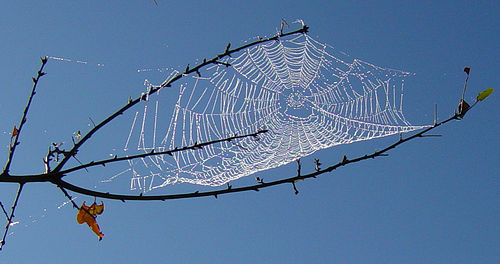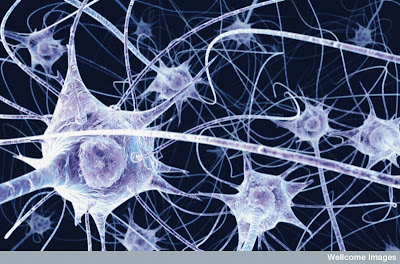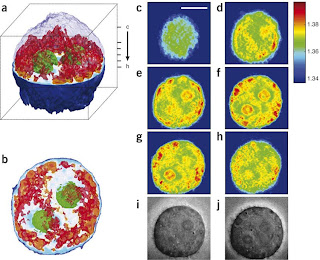I stumbled across this new blog at ESPN this morning and was very thrilled. Stephania Bell, MS, PT, OCS, CSCS, has a new fantasy blog hosted at ESPN where she provides injury analysis for all of the worrisome fantasy sport managers around the globe. This is a big time blog presence for a physical therapist.

This is some solid PR for PTs! This very excellent post on Greg Oden is just one example of the nice analysis Stephania is providing on ESPN. But, perhaps Stephania has even more marketing savy than she lets on. You see, when she posted that post about microfracture surgery, Google Hot Trends tells us that "microfracture surgery" was in the top 25 of all Google search queries. So, we have poignant information, very large broadcasting platform, and good writing all in one. Go Stephania!
The APTA has even gotten in the mix on this one and includes a link to the ESPN blog on their consumer page. I do consider this a solid upgrade over conversations about backpacks. As a fantasy football player, I appreciate the input and advice a therapist can bring to interpreting injuries. For example, I understood that Eli Manning and his AC joint sprain would probably play, but why another player with a meniscus injury might not. That type of information is gold to fantasy players and I can think of few others more qualified to offer it that a PT.





